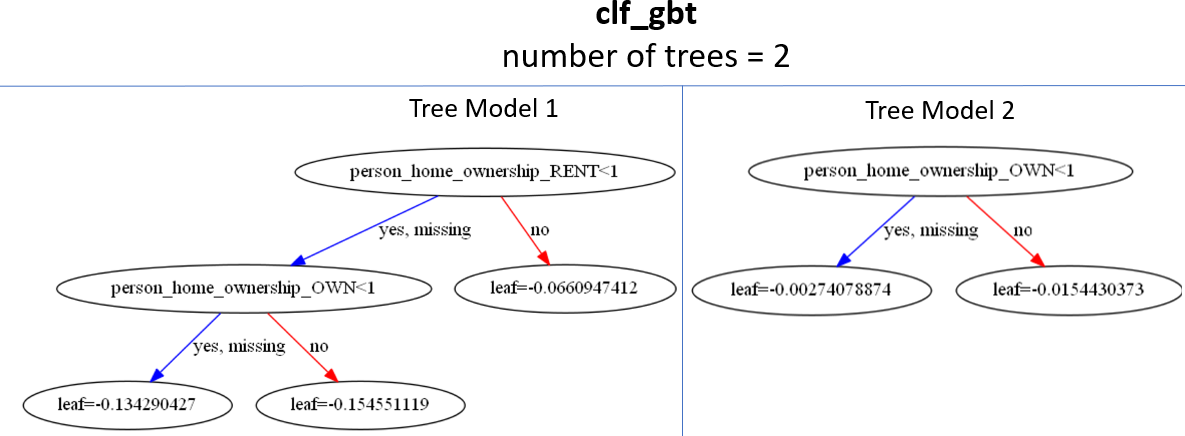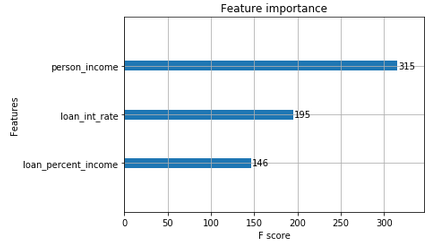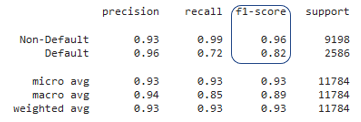Column selection for credit risk
Credit Risk Modeling in Python

Michael Crabtree
Data Scientist, Ford Motor Company
Choosing specific columns
- We've been using all columns for predictions
# Selects a few specific columns
X_multi = cr_loan_prep[['loan_int_rate','person_emp_length']]
# Selects all data except loan_status
X = cr_loan_prep.drop('loan_status', axis = 1)
- How you can tell how important each column is
- Logistic Regression: column coefficients
- Gradient Boosted Trees: ?
Column importances
- Use the
.get_booster()and.get_score()methods- Weight: the number of times the column appears in all trees
# Train the model
clf_gbt.fit(X_train,np.ravel(y_train))
# Print the feature importances
clf_gbt.get_booster().get_score(importance_type = 'weight')
{'person_home_ownership_RENT': 1, 'person_home_ownership_OWN': 2}
Column importance interpretation
# Column importances from importance_type = 'weight'
{'person_home_ownership_RENT': 1, 'person_home_ownership_OWN': 2}
Plotting column importances
- Use the
plot_importance()function
xgb.plot_importance(clf_gbt, importance_type = 'weight')
{'person_income': 315, 'loan_int_rate': 195, 'loan_percent_income': 146}
Choosing training columns
- Column importance is used to sometimes decide which columns to use for training
- Different sets affect the performance of the models
| Columns | Importances | Model Accuracy | Model Default Recall |
|---|---|---|---|
| loan_int_rate, person_emp_length | (100, 100) | 0.81 | 0.67 |
| loan_int_rate, person_emp_length, loan_percent_income | (98, 70, 5) | 0.84 | 0.52 |
F1 scoring for models
- Thinking about accuracy and recall for different column groups is time consuming
- F1 score is a single metric used to look at both accuracy and recall
- Shows up as a part of the
classification_report()
Let's practice!
Credit Risk Modeling in Python





